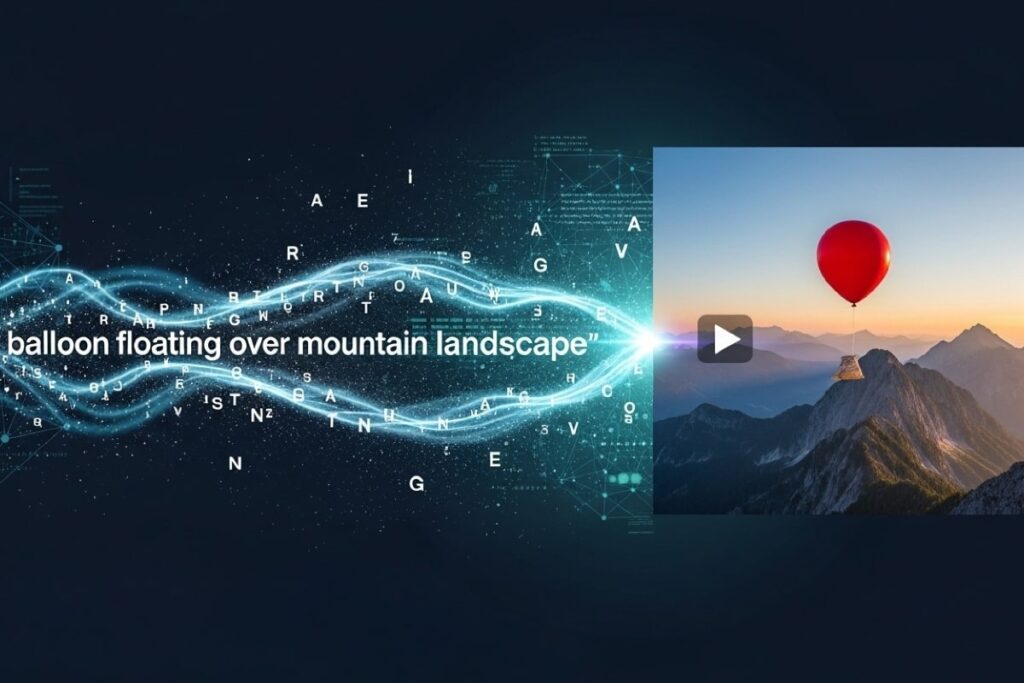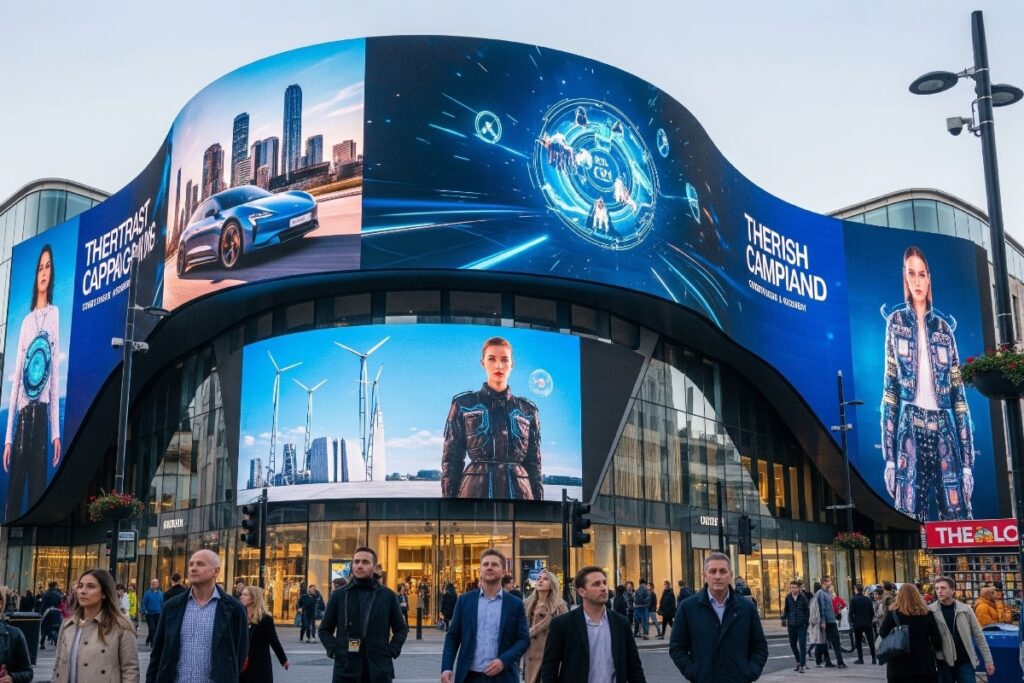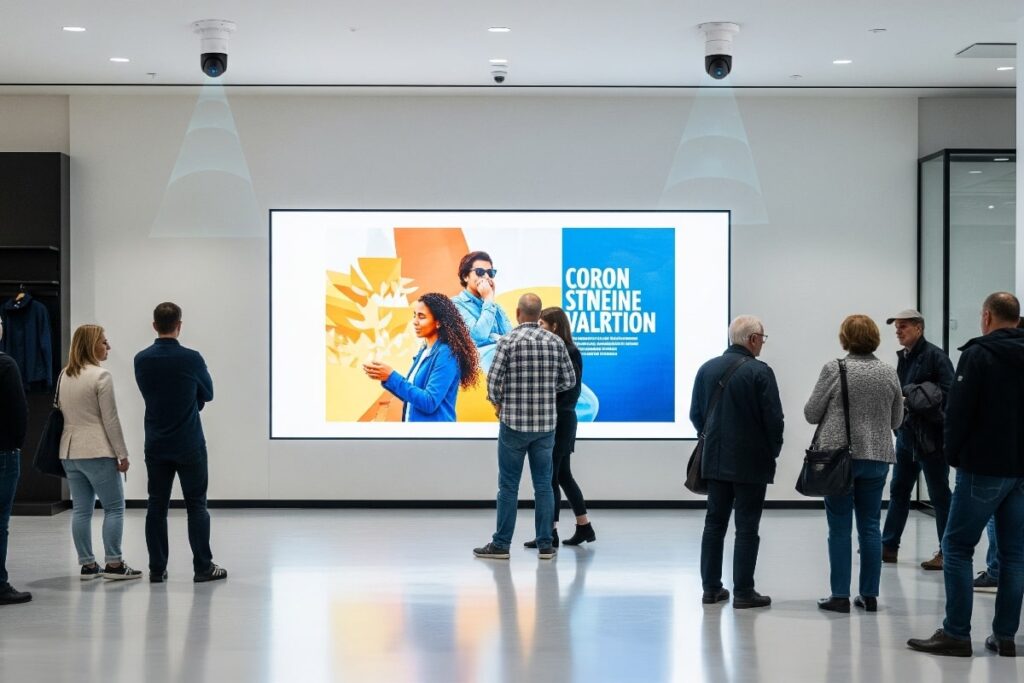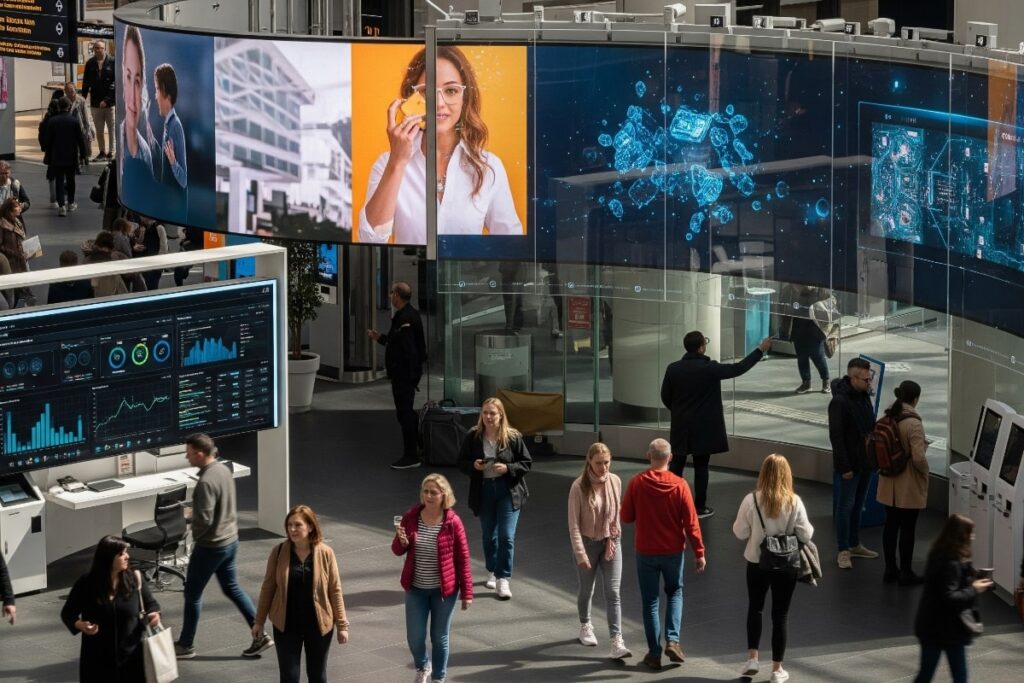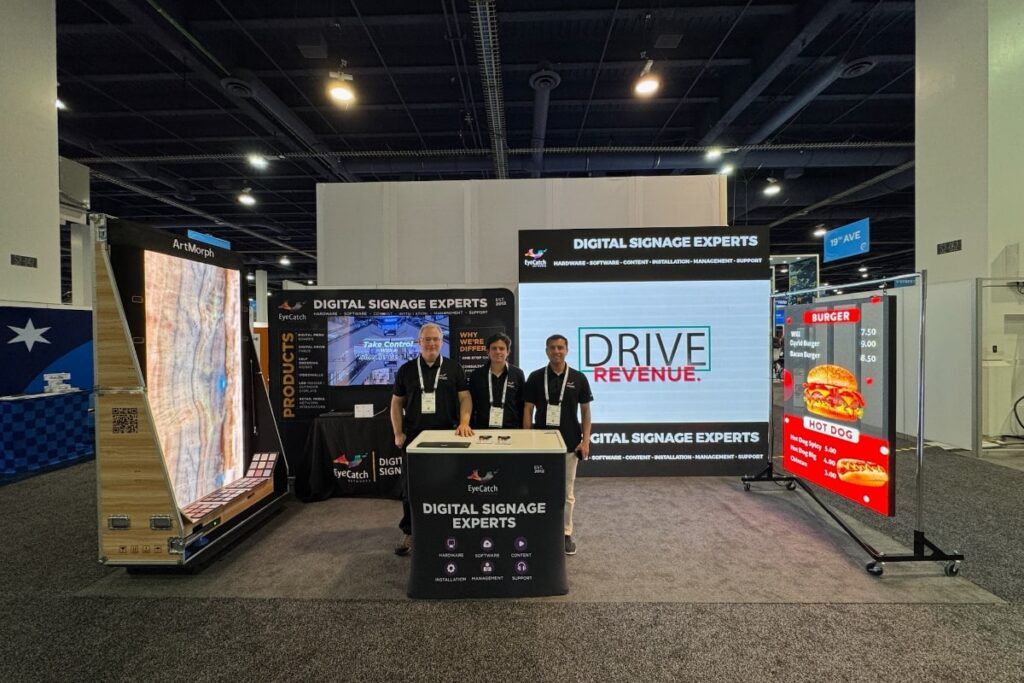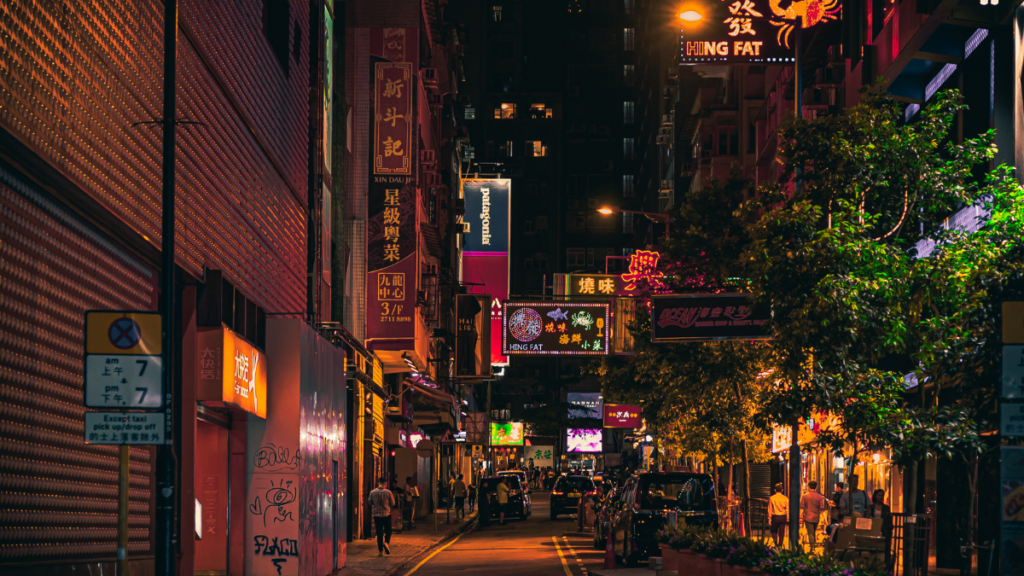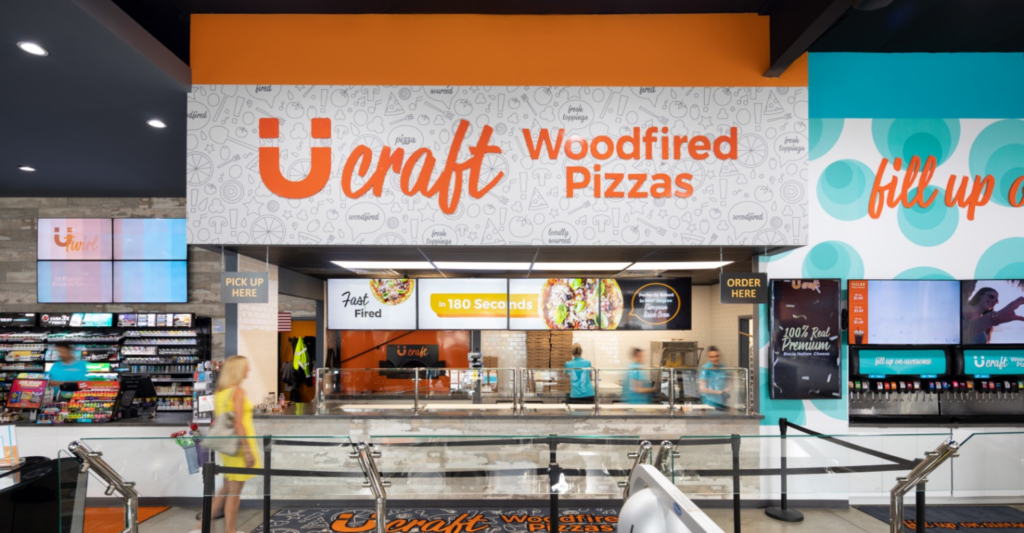Artificial Intelligence (AI) is transforming audiovisual production, opening new possibilities for creating videos without the need for traditional recording or editing equipment. Thanks to advanced algorithms, it is now possible to generate high-quality videos from text, images, or data—optimizing both time and cost in content production.
One of the most groundbreaking advancements in this field is text-to-video, a technology capable of converting written descriptions into animated visual sequences. This enables ideas, stories, and messages to come to life quickly and effectively.
How Do Text-to-Video Models Work?
Text-to-video models use neural networks and natural language processing algorithms to analyze written content and generate animated videos that match the description.
For example, if you input the phrase “a balloon floating over a mountain landscape”, the AI will generate an animation showing exactly that—making it useful across multiple industries:
- Digital marketing: Creating ads and social media content.
- Education: Producing explanatory and educational videos.
- Entertainment: Prototyping animations, video games, or audiovisual productions.
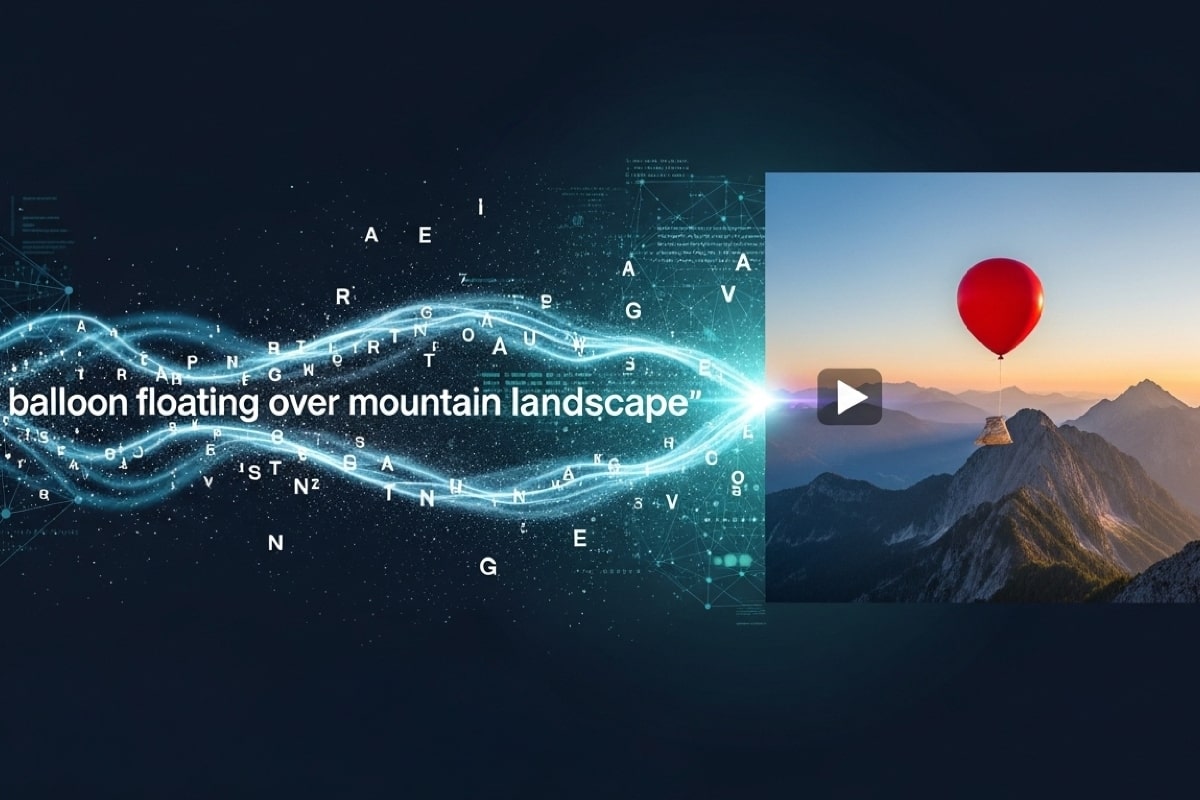
How Does AI Video Generation Work?
AI-powered tools rely on deep learning models trained on massive volumes of visual and textual data. Depending on the platform, they can:
- Generate automatic animations from text descriptions.
- Apply specific visual styles to images and videos.
- Speed up editing processes by removing backgrounds, enhancing resolution, or adjusting colors.
- Produce realistic scenes with characters and smooth movements—without the need for filming.
This innovation enables brands and content creators to produce high-impact materials with fewer resources and in less time.
Current Possibilities and Limitations
While the potential of text-to-video models is enormous, some challenges remain:
- Text interpretation: AI may sometimes generate results that don’t fully match the creator’s intent.
- Visual quality: Despite rapid advances, fluidity and realism may still show imperfections.
- Processing and rendering time: Complex videos may require significant generation time.
Even with these challenges, ongoing development is making these tools increasingly precise, efficient, and versatile.
Leading AI Video Generation Tools
Several platforms currently stand out for their advanced capabilities in AI video creation:
- Runway – A platform for generating animations, effects, and automated editing with ease.
- Pika AI – Specializes in text-to-video generation, enabling content production without real filming.
- Luma AI – Known for 3D modeling and hyper-realistic environments, ideal for immersive productions.
- MiniMax – Combines AI and animation to create personalized videos with smart transitions and effects.
- Kling AI – Designed for large-scale audiovisual production with automated editing and visual customization.
- KREA – Focused on generating visual content from prompts, making it ideal for digital marketing and advertising.
- Viggle – Specializes in animated characters and their integration into visual narratives.
- Sora (OpenAI) – Generates high-quality, realistic videos from text descriptions with remarkable detail.
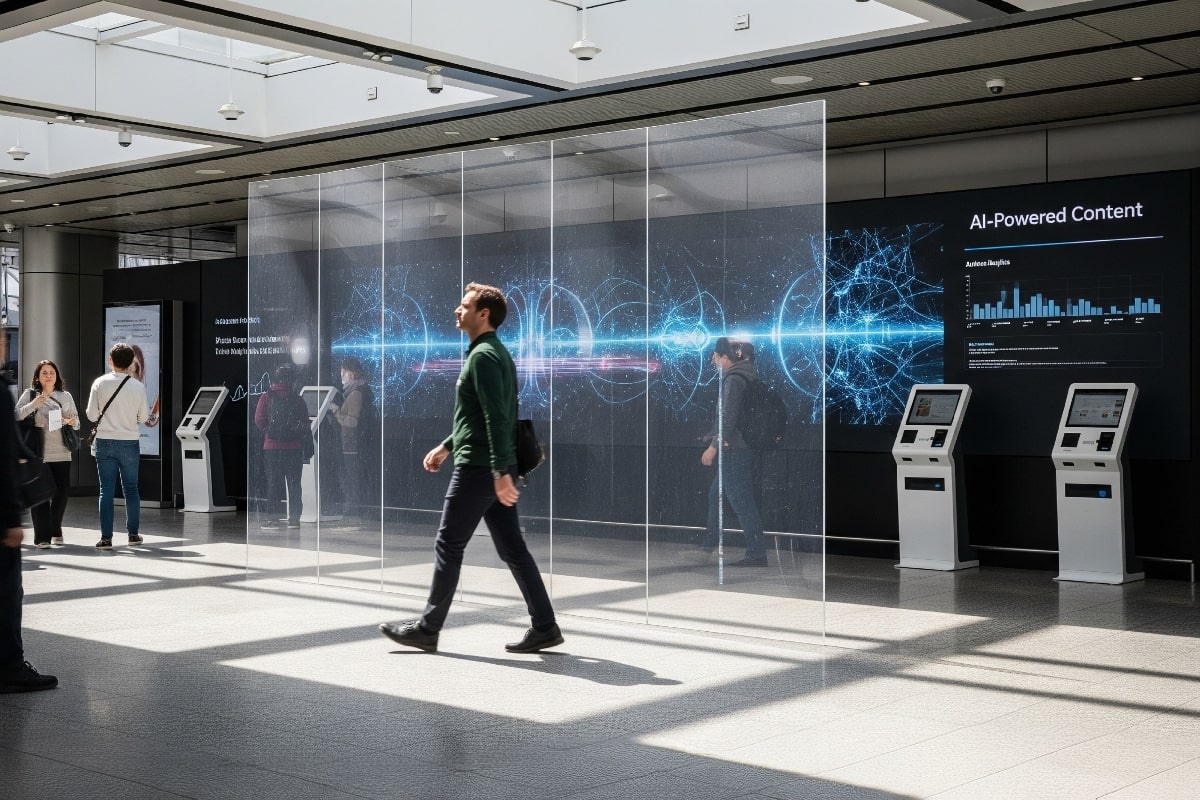
How to Apply These Tools Effectively
To maximize the potential of AI video generation, it’s important to:
- Define content clearly: The more precise the description, the better the results.
- Break down scripts: Divide ideas into specific scenes that can later be edited together.
- Experiment with tools: Each platform offers unique capabilities and styles.
- Leverage prompt engineering: Learn to structure prompts effectively for optimized outputs.
Benefits of AI Video Generation in Digital Signage
Integrating AI-generated videos into digital signage delivers significant advantages:
- Production efficiency: Reduced editing and content creation time.
- Personalization: Videos tailored to specific audiences or viewing contexts.
- Cost optimization: Elimination of expenses related to traditional filming.
- Flexibility: Content can be modified and updated quickly.
At EyeCatch Networks, we explore these tools to optimize our design and animation processes, giving our clients access to dynamic, effective, and strategy-aligned digital content.
If you’re looking to integrate AI videos into your digital signage strategy, contact us and discover what we can create together.
